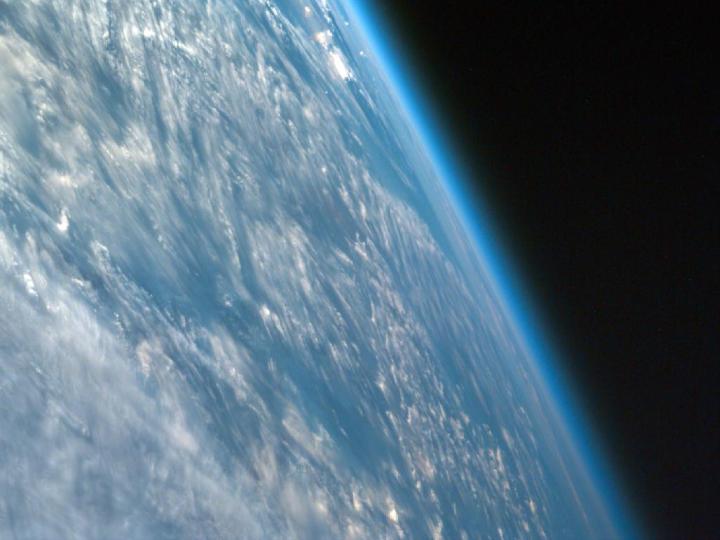
How Much Oxygen Do We Have Left?
An atmosphere rich in oxygen, the vital gas that makes up about 20 percent of the air, is one of the defining features of the Earth.
So, how long can an oxygen-rich atmosphere persist? In a new study, researchers from Georgia Tech and Toho University set out to investigate the long-term stability of Earth’s atmospheric oxygen.
The team ran simulations of the Earth’s systems, including climate, biological and geological processes, and even the brightness of the Sun, and observed how oxygen levels changed as it moved between the air, water, and rock. While some of these systems were already simulated in previous studies, these new models were more complex.
Since modeling a future Earth has uncertainties in terms of geological and biological evolutions, scientists followed an approach to consider random variables and managed to work out a probabilistic assessment of the lifespan of an oxygenated atmosphere.
Researchers operated the model with variable parameters more than 400,000 times and discovered that the Earth’s atmosphere would likely last for another 1 billion years before the oxygen levels begin a relatively rapid decline. The team suggested that oxygen levels will likely drop to only 1% of the current atmospheric level in about 1.1 billion years from now.
This future atmosphere will bear a striking resemblance to the one in the planet’s ancient past. We should remember that the Earth reached its current hospitable state only around 2.4 billion years ago, when photosynthetic microbes and later plants finally emerged, pumping large amounts of oxygen into the atmosphere.
According to the models, the leading culprit of this future deoxygenation is the Sun. The brightness and warmth of our star are expected to increase as it ages, which will increase the Earth’s surface temperature and break down carbon dioxide in the atmosphere. These two factors will wipe off plant life and deprive the planet of its main source of oxygen.
The study suggests that Earth’s oxygenated atmosphere will not be a permanent feature. Instead, an oxygen-rich atmosphere may only be possible for 20-30% of the Earth’s entire history as an inhabited planet.
The Astrobiological Significance of the Study
Knowing the future lifespan of the Earth’s oxygen-rich atmosphere has huge ramifications for the future of Earth’s biosphere and the search for life on Earth-like planets beyond the solar system.
Searching for signs of life on exoplanets relies heavily on our ability to detect important biosignatures in the atmosphere of a particular planet. Molecular oxygen (O2) and ozone (O3, a by-product of photochemical processes in the Earth’s stratosphere) are the focus of many spaces and ground-based spectroscopic studies as potential indicators of life in the atmospheres of an exoplanet. This is because their abundance in the Earth’s atmosphere is strongly linked to biology. Important factors in the proper use of oxygen-based biosignatures in the search for extra-terrestrial life depend on studies on how our planet’s oxygen-rich atmosphere formed and how it will evolve in the future.
REFERENCES
- 1. https://www.techexplorist.com/earth-atmospheric-oxygen-last-billion-years/38189/
- 2. https://newatlas.com/environment/earth-atmosphere-oxygen-life-expectancy/
- 3. https://www.lpi.usra.edu/planetary_news/2021/03/08/the-use-of-oxygen-as-a-biosignature-in-the-search-for-extraterrestrial-life/
